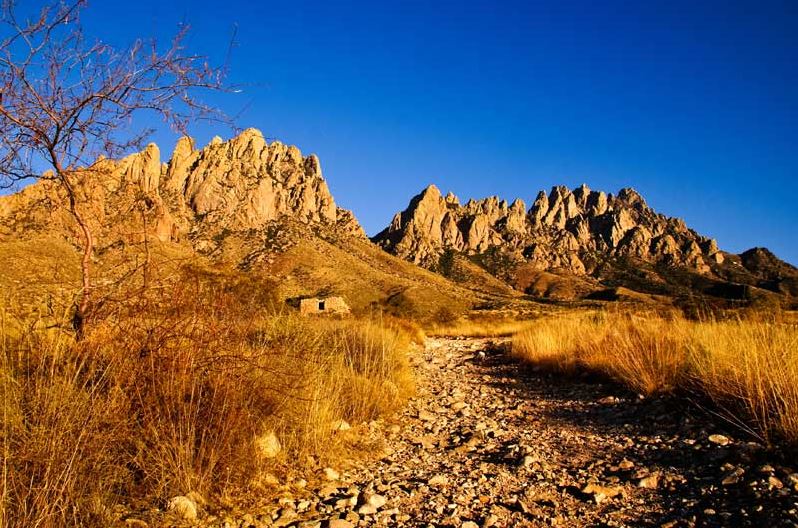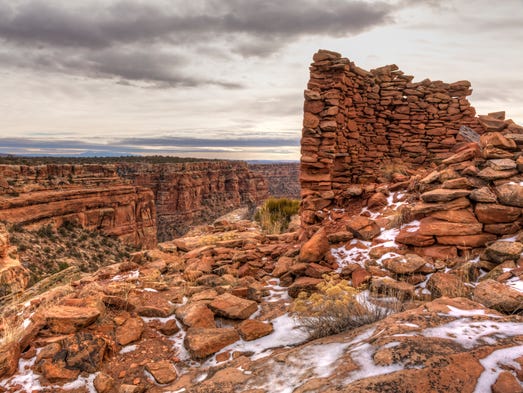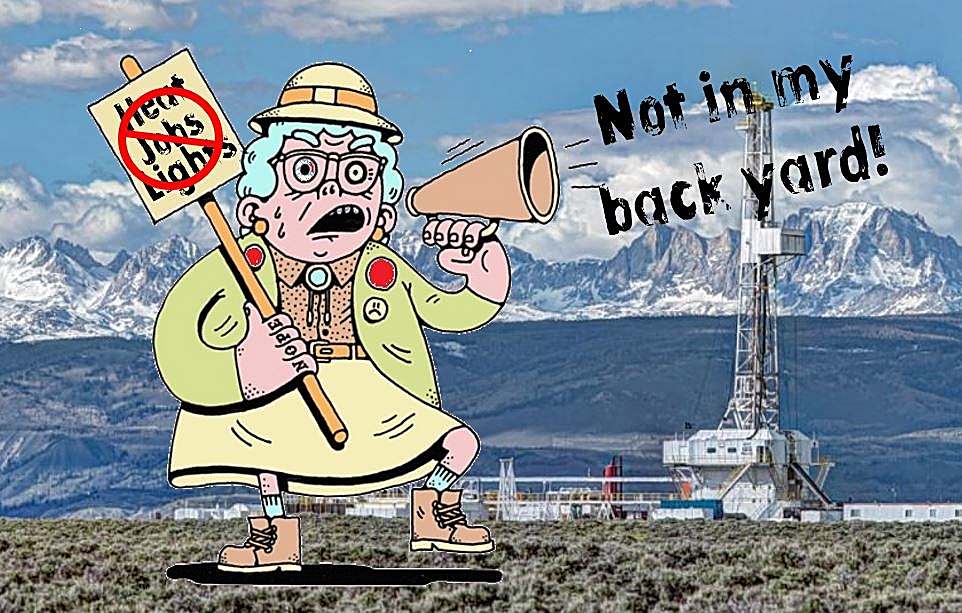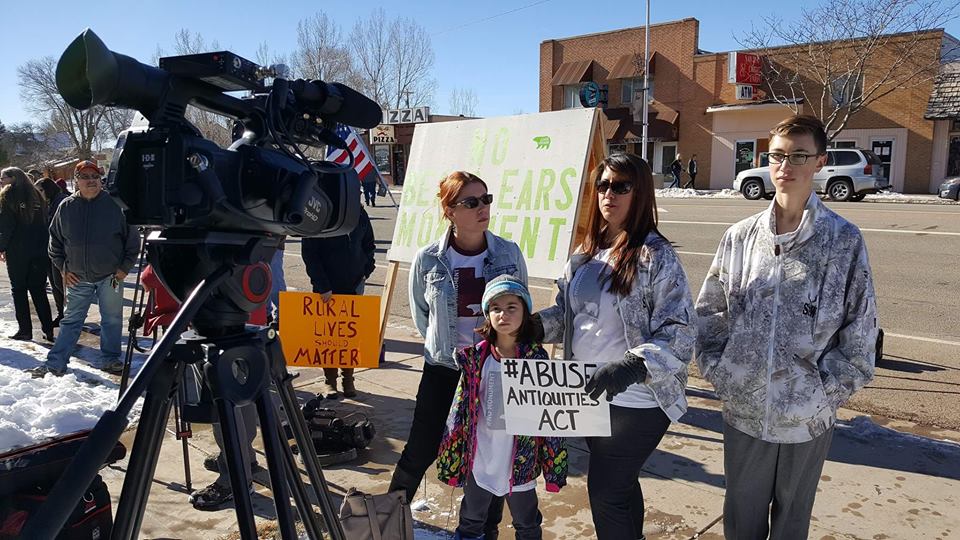“The ranching community has been buried in regulation and limitations over the past 25 years,” the NMCGA’s Boone said. “More often than not, we can see what the outcomes down the road will be but we have no standing to protest until a rancher is put out of business. I characterize this as the ‘dead body theory.’ No one will do anything until there is a ‘dead body.’ But there is no way to revive a dead body — or a ranch that has been driven to the ground.”
Jason Gibbs
LAS CRUCES – The Organ Mountains-Desert Peaks National Monument is celebrating its third birthday. But the flickering of candles on the cake may dim under the glare of federal scrutiny.
The 496,330-acre monument, created by President Barack Obama on May 21, 2014, has become a point of pride for some and a bone of contention for others. On April 26, President Donald Trump signed an executive order calling for a review of the OMDP, along with 26 others including the Rio Grande del Norte National Monument in northern New Mexico.
Earlier in April, the New Mexico Cattle Growers’ Association urged President Donald Trump to eliminate certain large-scale national monuments, including the OMDP. NMCGA officials said they are first seeking the elimination of the OMDP monument, but, if that doesn’t happen, they’d back a reduction in its size.
NMCGA President Pat Boone, from Elida, points to testimony to the state Legislature given by an NMCGA member who owns and operates a cattle ranch within the boundaries of OMDP, 77 percent of which is covered by the monument designation but all of which is impacted due to the layout of private and state trust lands within their grazing allotment.
That rancher, like others, is concerned that language in the monument designation remains vague as to what is to be protected, Boone said. Protecting wildlife and plant populations, which vary over time, creates uncertainty and will lead to burdensome government regulations, forcing ranchers out of business, he said.
“Perhaps the largest concern or fear from the ranching community is that, even after three years, there remains so much uncertainty,” Boone wrote in an email to the Sun-News. “No one knows what the impacts, financial or otherwise, are going to be. The designation puts an additional layer of unknown bureaucracy on ranchers.
“We question what this will do financially. Will lenders who hold mortgages on ranches, livestock and/or equipment continue to lend? Will cattle numbers be cut? Will visitors and environmentalists try to drive livestock use from the lands,” Boone continued. “If these questions had answers, attitudes might be different.”
Return to original plan
U.S. Rep. Steve Pearce said he has heard those concerns and believes the monument area around the Organ Mountains should be maintained at the roughly 60,000-acre footprint originally proposed.
“The law is very specific,” Pearce said. “The footprint is supposed to be as small as possible to protect individual items … you can’t just say we want to protect open space.”
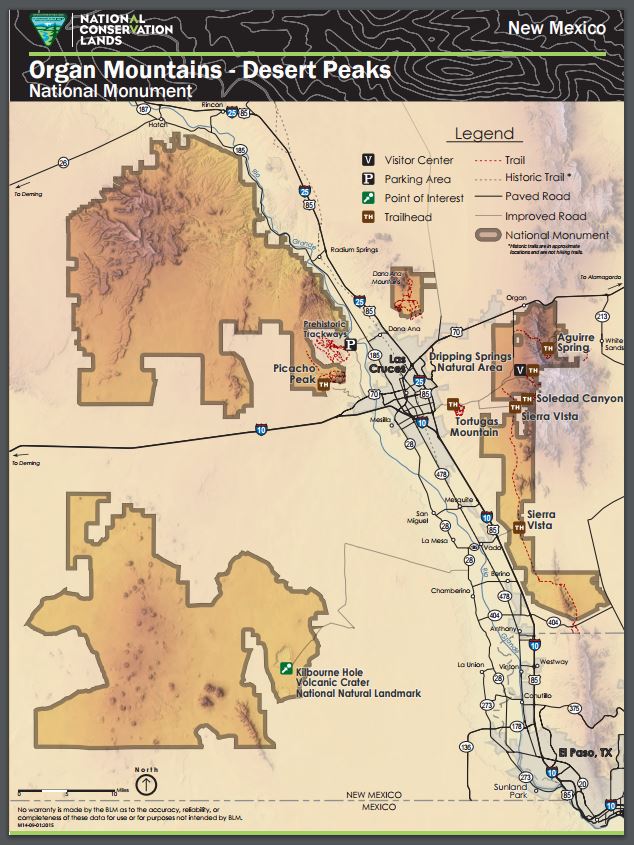
Ranchers are also concerned about border safety and the possible inability of law enforcement to easily enter the monument, Pearce said. They point to concerns by landowners near the Organ Pipe Cactus National Monument in southern Arizona where entire blocks of acreage are inaccessible and closed to the public for safety reasons. Those landowners also have to deal with the refuse left by immigrants making the dangerous border crossing, he said.
When visiting landowners near the OMDP recently, Pearce said they rarely see anyone using the monument for recreation and question the need for the designation.
Three sites in the Organ Mountains — Dripping Springs Natural Area, Aguirre Spring Campground and the Soledad Canyon Day Use Area — have seen a marked increase in the number of visitors. Tracking visitor growth in other areas of the monument is difficult. Using the numbers at those three sites, economic experts calculate an $8.2 million to $33.8 million benefit to the area.
[wp_ad_camp_2]
Pearce notes the monument’s designation comes with a cost as well. The first casualty of the designation was the moving of the Chile Challenge, an off-road and 4X4 event in the Robledo Mountains that drew $4 million a year to the region, Pearce said. That event now takes place in Sierra County.
“In the West, the custom and culture is ranching,” Pearce said. “It’s something that the law was not supposed to change, our custom and culture, and it is.”
